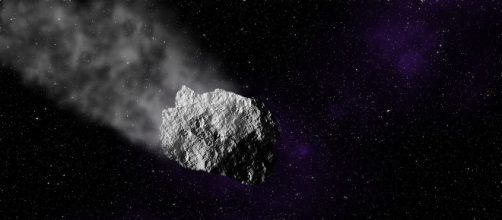asteroid impacts could bring detrimental results to the planet. Take for example the fate of dinosaurs. This is the reason why NASA is continuously working towards the improvement of their asteroid defense system in order to detect incoming asteroids, their trajectory and the potential effect on the planet.
Early detection will lead to proper precautions so that the residents of the target area can relocate as soon as possible. But there are still cases where asteroids pass by the planet undetected.
30-meter asteroid passing by Earth
In October, an asteroid believed to be about 10 to 30 meters in size will pass by the planet.
This is a good opportunity for NASA to test its asteroid defense system. The near-Earth object called 2012 TC4 was identified in 2012. In a few months, it will pass by the planet with a distance of 4,200 miles (6,800 kilometers).
NASA is using the event to put to the test its "doomsday" asteroid tracking system to determine its exact trajectory using ground-based telescopes.
This will be the first time for the asteroid to return near the planet after it went undetected last 2012. NASA's planetary defense system is designed to protect the Earth from potential asteroid impacts, and this is the best time to see if the system works. NASA is also working on a re-direct system to help change the trajectory and prevent the impact of potentially fatal space rocks.
Constant threat to Earth
Although the asteroid 2012 TC4 is not considered fatal, the planet is not entirely safe from asteroids passing by freely in space. For NASA scientists like Michael Kelley, it is important for them to know when a space rock will make a close approach to everyone's safety. Knowledge of an incoming threat can help the people prepare for the worst.
According to Kelley, this flyby will help them determine the capability of their worldwide detection and tracking network in identifying potential threats. During the flyby, more than 12 observatories, laboratories, and universities around the world will work together to observe and understand the strengths and weaknesses of the near-Eart object.
Scientists are expecting to fire up their full system capable of initial and follow up observations, precise orbit determination and also conducting international communications.
Based on previous data from NASA's Center for Near-Earth Object Studies, the asteroid could most likely pass further away than expected as far as 170,000 miles (270,000 kilometers). The object will start to move closer to the planet in the coming months allowing ground-based observatories to observe using telescopes.


